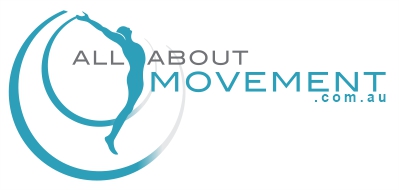The word osteo means bone, however Osteopaths don’t massage or manipulate bones.
Our aim is to provide effective hands on treatment to all structure of your body and nerves
1) How does an Osteopath differ from Physio and Chiro?
Some people feel that seeing an Osteopath can be similar to seeing both a Physio and Chiro at the same time. Often because the hands on techniques are similar such as deep and soft tissue massage, stretching, exercise prescription, spinal adjustments and so on. Typically speaking Osteopaths will often treat the whole body and not just the site of pain, where Physios may have a more local approach. Osteopaths can do spinal adjustments like a Chiro but generally not as many.
2) Do Osteopaths massage or manipulate bones?
3) I’ve heard Osteopaths are more holistic, what does this mean?
Sometimes people associate the word holistic with something hipster, new age or airy-fairy, and while we like to think of ourselves as pretty trendy at times, holistic just means treatment of the total system not singular parts. Our Osteopaths address your pain or discomfort holistically by assessing all areas of your body as they may be be contributing factors.
4) Is it okay to click my own fingers, neck and back?
Every now and then is okay, but if you are feeling the need to overly click your joints including your neck and spine it may be due to a lack of strength or stability around those areas. A constant daily need to click certain areas could lead to pain down the track so we would recommend coming in for an assessment if you feel you need it.
5) Is it dangerous to have a Practitioner click my back and neck (spinal manipulation/adjustments)
Like any medical treatment there is a time and place. Spinal manipulations/adjustments are performed to improve the movement of a spinal joint that is stuck and is often an effective tool in that situation. How do you know if your spinal joint is stuck? People who have a stuck spinal joint may notice their movements feel tight or restricted or it is often detected by our Osteopaths during an assessment of the spine.
Practitioners need to be cautious when performing these techniques as there are certain medical conditions, medications or other signs and symptoms that are a contraindication for the technique. It is not dangerous when performed by a trained Allied Health professional under the right circumstances.
Please remember that if you are recommended to have a manual adjustment and are not comfortable with this technique there are many other options and treatments to help improve the movement of the spine, it is just another tool in the toolbox and is not necessary if you feel it’s not for you.

